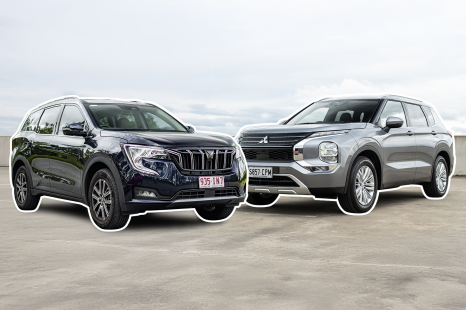

Andrew Maclean
3 Days Ago
Ineos is hedging its bets with its next off-roader, with a range-extender powertrain now set to join a previously confirmed electric option.

News Editor
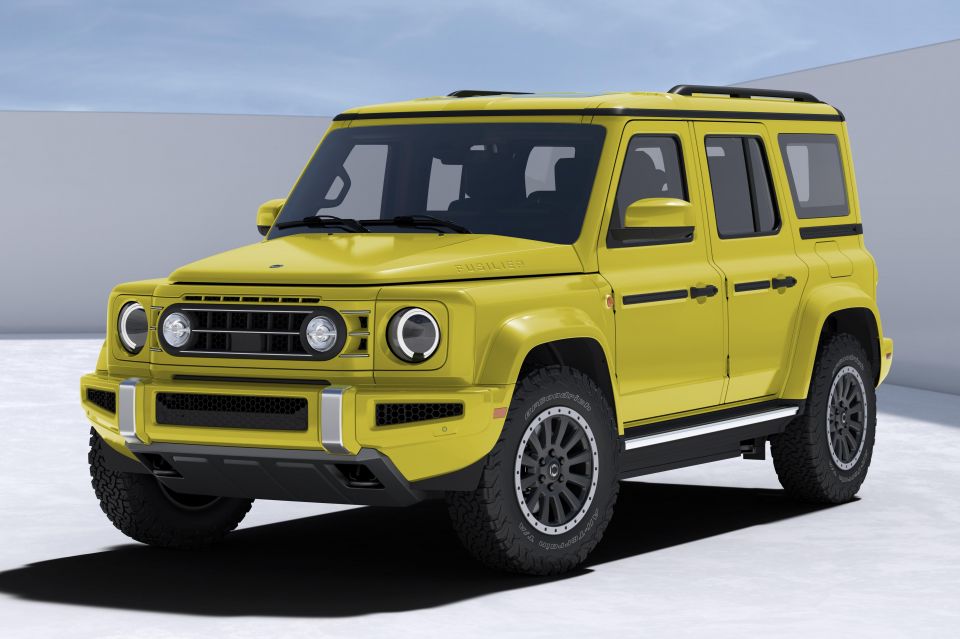

News Editor
The Ineos Fusilier may look much like the brand’s debut model, the Grenadier, but underneath it’s very different.
It rides a bespoke skateboard platform with a steel “top hat” and underbody, and aluminium doors and closures.
It will be slightly shorter and lower than the Grenadier.
Instead of BMW-sourced turbo-petrol and turbo-diesel engines, the brand’s next SUV will offer electric power, as had been promised back in 2022.
Joining this, however, will be a range extender powertrain. Ineos says it’ll reveal more specific powertrain details and launch timings by the northern autumn (September-November) of 2024.
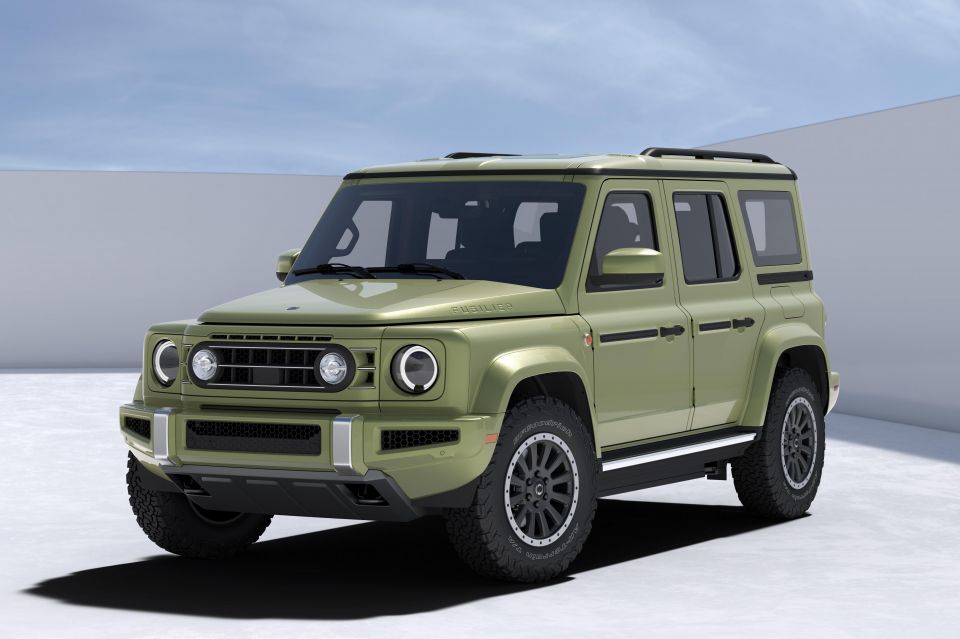
“As we developed this vehicle, we quickly concluded that in order to move towards decarbonisation but continue making cars that consumers want to drive, we need a mix of powertrain technologies,” said Ineos chairman Sir Jim Ratcliffe.
“BEVs are perfect for certain uses: shorter trips and urban deliveries, but industry and governments need to have realistic expectations around other technologies that can help accelerate the necessary pace of change.
“That is the reason we are offering an additional powertrain for the Fusilier, one that dramatically reduces emissions but has the range and refuelling capabilities needed.
“We’re excited to bring our electric 4X4 to market but we are beginning to understand the clear limitations of battery electric in certain situations.”
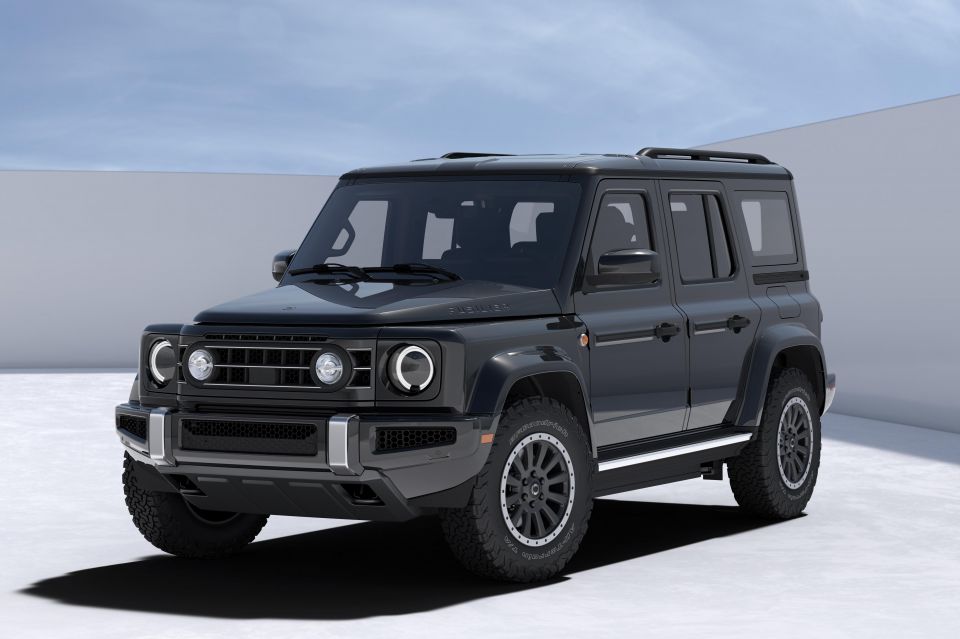
There’s a clear visual kinship with the Grenadier and Quartermaster, with a boxy body, a pronounced shoulder line, and round headlights. A slight rake to the C-pillar and a flatter front end are perhaps the most obvious clues this isn’t a Grenadier.
Though it appears as bluff and boxy as Ineos’ other models, the company touts various design elements said to improve aerodynamics.
These include active grille shutters, chamfered edges and corners, and recessed door hinges.
As with Ineos’ other model names, Fusilier is a military term – specifically, it’s a member of any of several British army regiments formerly armed with fusils, a type of musket.

Also like Ineos’ other models, it’s being developed with automotive supplier Magna, with the company promising “world-class off-road capability”.
It’ll be subjected to a “rigorous” testing program on Austria’s Schöckl mountain.
While Ineos Automotive’s first vehicles, the Grenadier and Quartermaster, are offered exclusively with petrol and diesel power, the company has revealed a hydrogen fuel-cell prototype of the former.
The company says its demonstrator proves the technology for a hydrogen-powered off-roader is ready for production, but it says the refuelling infrastructure needs to improve before such a vehicle is commercially viable.
Take advantage of Australia's BIGGEST new car website to find a great deal on a Ineos.
William Stopford is an automotive journalist based in Brisbane, Australia. William is a Business/Journalism graduate from the Queensland University of Technology who loves to travel, briefly lived in the US, and has a particular interest in the American car industry.


Andrew Maclean
3 Days Ago


Max Davies
3 Days Ago
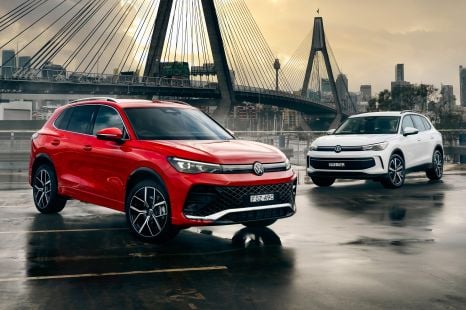

Max Davies
2 Days Ago


Josh Nevett
2 Days Ago
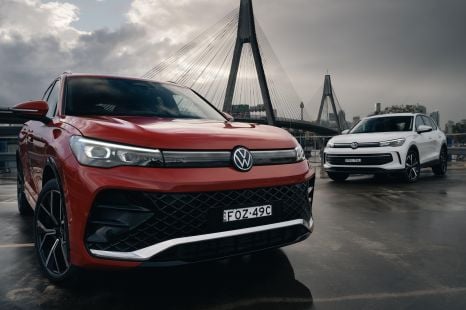

Max Davies
2 Days Ago
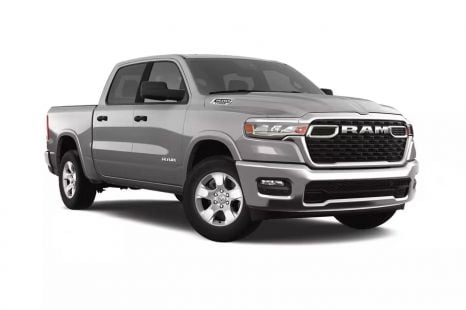

Marton Pettendy
2 Days Ago